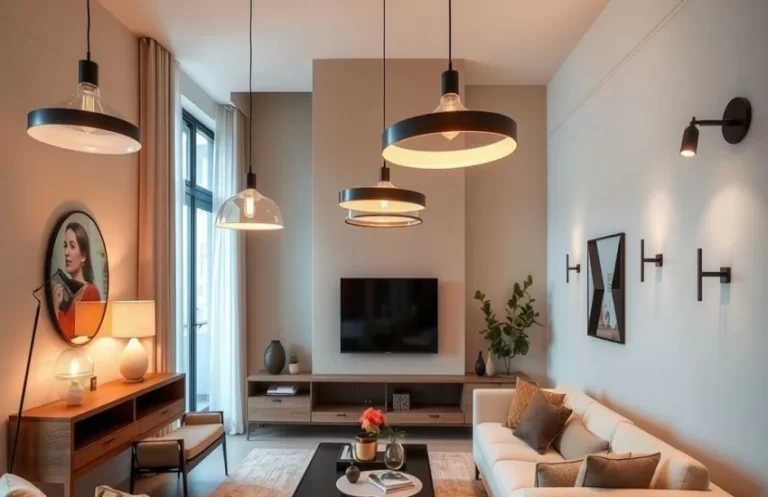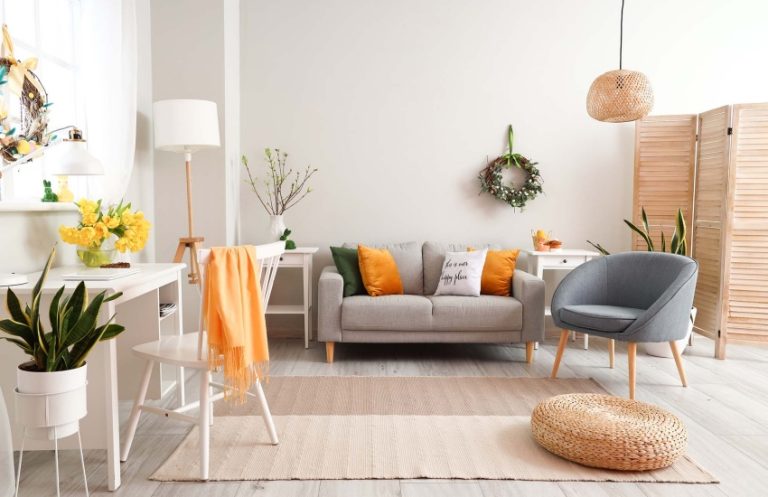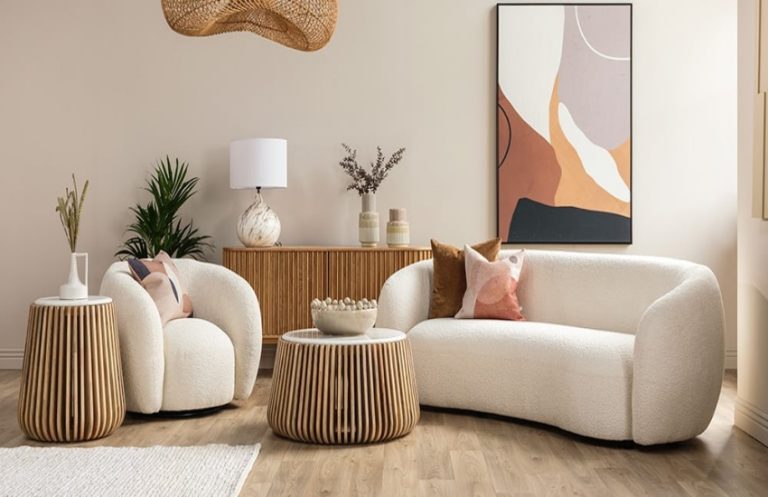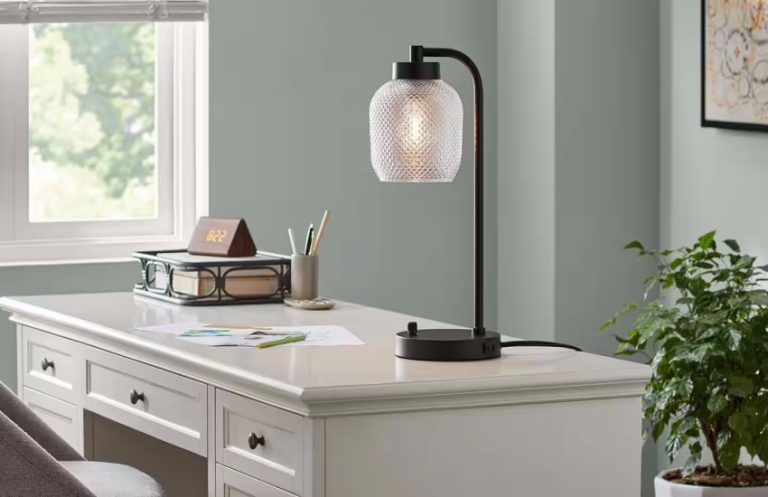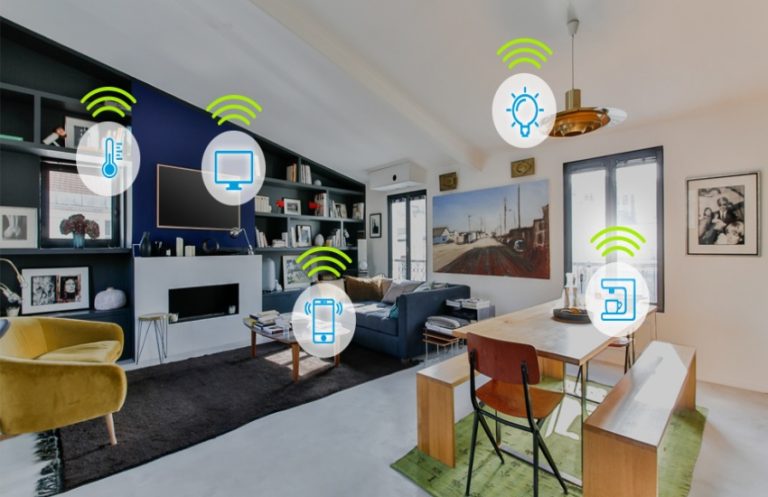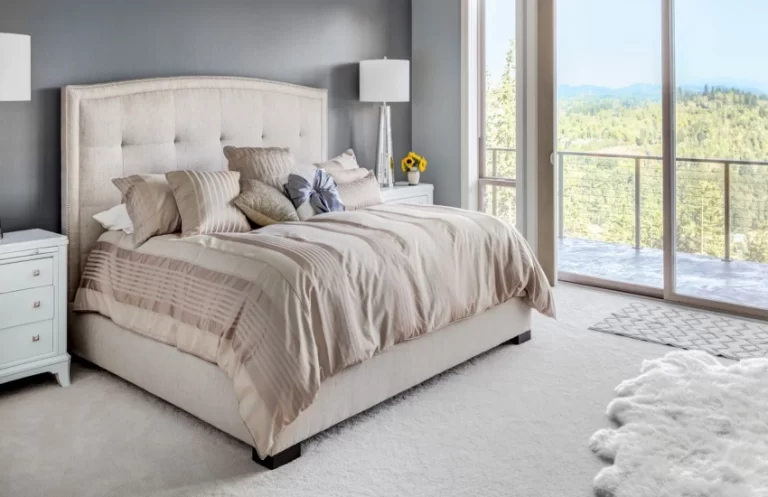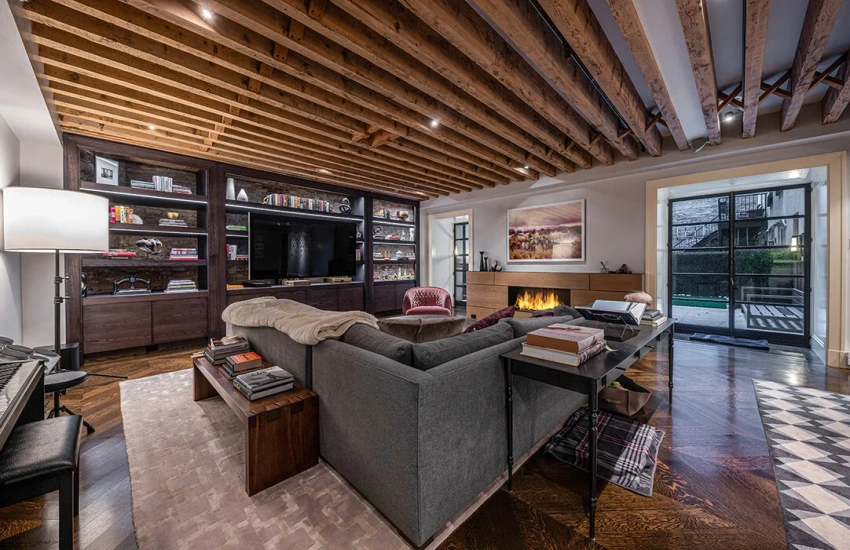
Size is a critical factor when selecting an entertainment center. The dimensions of the center should complement the size of the room and the television. A large entertainment center in a small room can overwhelm the space, while a small unit in a large room may look lost. Measuring the available space and considering the size of the television and other equipment can ensure a harmonious fit. An ideal entertainment center should create balance and proportion within the room.
Material choice also plays a significant role in the overall aesthetic and durability of the entertainment center. Common materials include wood, metal, and engineered wood. Solid wood offers a classic and timeless look, providing both strength and elegance. Metal frames can introduce a modern touch, while engineered wood often provides affordability and versatility. Selecting a material that aligns with the existing decor can enhance the overall design and ensure longevity.
Storage options are essential in an entertainment center, as they help keep the space organized and clutter-free. Many units come equipped with shelves, cabinets, and drawers that can accommodate DVDs, gaming consoles, and other accessories. Choosing an entertainment center with ample storage can simplify the organization of media and equipment, making it easier to access everything when needed. Open shelving can display decorative items or media collections, while closed cabinets can hide away items for a cleaner look.
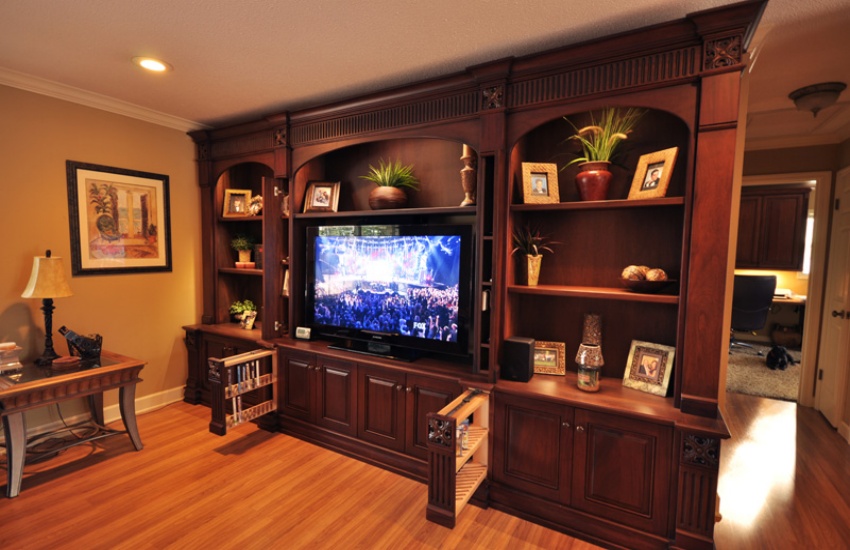
Design style is another important consideration when choosing an entertainment center. Various styles are available, ranging from traditional to contemporary, allowing homeowners to select a unit that complements their personal taste. A rustic design may feature distressed wood and metal accents, while a sleek modern unit may have clean lines and a minimalist aesthetic. Matching the entertainment center to the overall style of the room can create a cohesive and inviting atmosphere.
Cable management is often overlooked but is crucial for maintaining a tidy appearance. Many entertainment centers come with built-in cable management systems that help conceal wires and cords. This feature not only enhances the visual appeal but also prevents tangling and damage to cables. Ensuring that the chosen unit has effective cable management can contribute to a more organized and functional living space.
Placement of the entertainment center can influence the flow and usability of the room. Positioning the center at an optimal height for viewing can enhance the overall experience. The center should be placed at eye level when seated, allowing for comfortable viewing without straining the neck. Additionally, considering the layout of seating arrangements in relation to the entertainment center can improve the overall functionality of the space.
An entertainment center into a living space can significantly enhance both functionality and design. By paying attention to size, material, storage options, design style, cable management, and placement, homeowners can choose an entertainment center that not only meets their entertainment needs but also elevates the overall aesthetic of the room. Thoughtful selection can result in a stylish and organized space that serves as the perfect backdrop for relaxation and entertainment.
